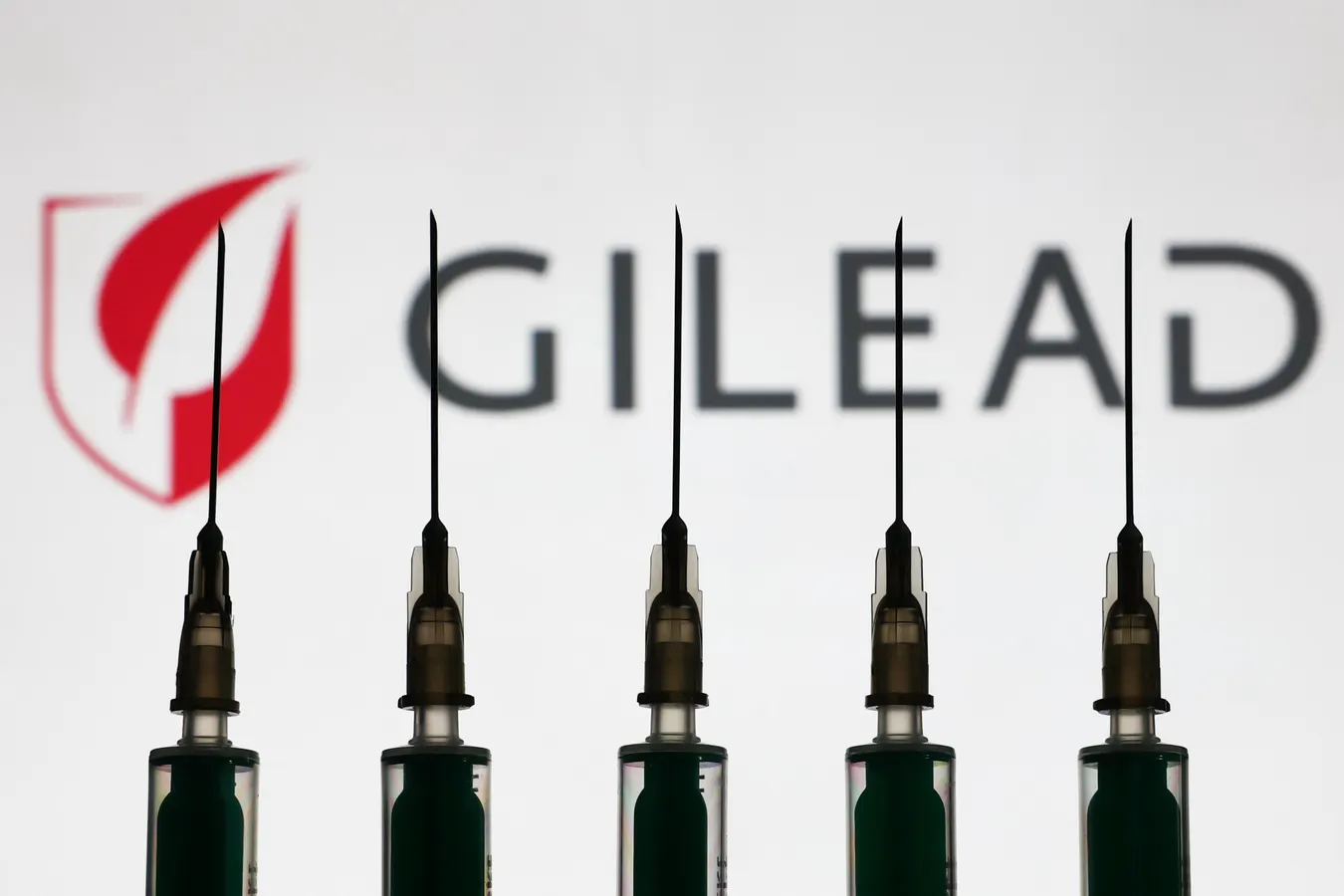By Contributor Sally Pipes
“The progress that science has made against HIV/AIDS is nothing short of remarkable,” writes health … More policy expert Sally Pipes.
NurPhoto via Getty Images
The U.S. Food and Drug Administration approved a shot last month that effectively prevents HIV. At-risk people simply need to receive the injection every six months. The new drug, called lenacapavir, comes almost exactly 44 years after the first case of AIDS was reported by what’s now known as the Centers for Disease Control and Prevention, or CDC.
The progress that science has made against HIV/AIDS is nothing short of remarkable. For much of the last four decades, a diagnosis of HIV/AIDS was a death sentence.
At the peak of the AIDS crisis in 1995, the death rate for HIV/AIDS was just over 16 for every 100,000 people. By 2019, it had fallen to just over one per 100,000. This progress was due almost entirely to advances in pharmaceutical treatment, which turned AIDS from a deadly plague to a chronic condition.
Some 16.5 million lives were saved by AIDS drugs between 2001 and 2021. According to the World Health Organization, in 2023 around 72% of people living with HIV/AIDS had a suppressed viral load—meaning the disease was undetectable and mostly untransmittable, thanks to medication.
And now, lenacapavir has been shown to provide “a near-perfect shield against HIV infection,” as the New York Times put it.
MORE FOR YOU
But the drug was not invented overnight. It’s been in the works for 20 years, the product of countless scientists engaging in costly, high-stakes research. The fact that lenacapavir will soon be available to patients is a testament to the strength of America’s biopharmaceutical sector.
Unfortunately, lawmakers are working to upend the very system that makes drugs like lenacapavir possible. Democrats have long sought to impose European-style price controls in the United States. Republicans—including President Trump, who has expressed enthusiasm for price controls on prescription drugs—are embracing similar plans in increasing numbers.
Researchers first isolated the molecule that would become lenacapavir in 2016. That discovery was itself the end result of two decades of research. It would take another 10 years for researchers to bring that molecule to market.
As Dr. William Pao noted in a recent STAT News piece, “Lenacapavir breaks all of [the] rules” of HIV/AIDS treatment. By the time it was isolated, there were already a number of effective HIV/AIDS treatments on the market. Developing a new, unconventional treatment didn’t make much sense.
But, as Pao notes, “[E]very challenge can be turned into an opportunity for innovation with some creative thinking, and that is exactly what Gilead did.”
Bringing a new drug from the lab to the market—even one less innovative than lenacapavir—is risky and expensive. It takes between 10 and 15 years and costs around $2.6 billion, on average. Of every 100 drugs that enter clinical trials, fewer than eight ever make it to pharmacy shelves.
Drug companies use the money from successful drugs to offset the cost of failures. And they’re willing to take a chance on new projects precisely because they know that, in the United States, they will have an opportunity to recoup and earn a return on their investments.
The economic reality in countries that impose price controls on pharmaceuticals is different. Those price caps limit drug companies’ potential return on novel medicines. So they tend to delay entry into those markets.
One study found that, as of October 2022, patients in Canada had access to just 45% of drugs launched worldwide between 2012 and 2021. For patients in the United Kingdom, the corresponding figure was just 59%.
In the United States, patients had access to 85% of those drugs.
Yet American lawmakers are still working to implement price controls here. The Trump administration recently revived the “most favored nation” policy from 2020, which would link the U.S. prices of drugs to the lowest price paid in other developed countries.
If this system had been in place 20, 10, or even five years ago, it’s possible that lenacapavir never would have made it to market—to say nothing of the countless other drugs for AIDS and other diseases that have been developed in recent years.
For future patients’ sake, let’s hope lawmakers abandon their plans to impose price controls—and allow a healthy market for pharmaceuticals to flourish.
Editorial StandardsReprints & Permissions
